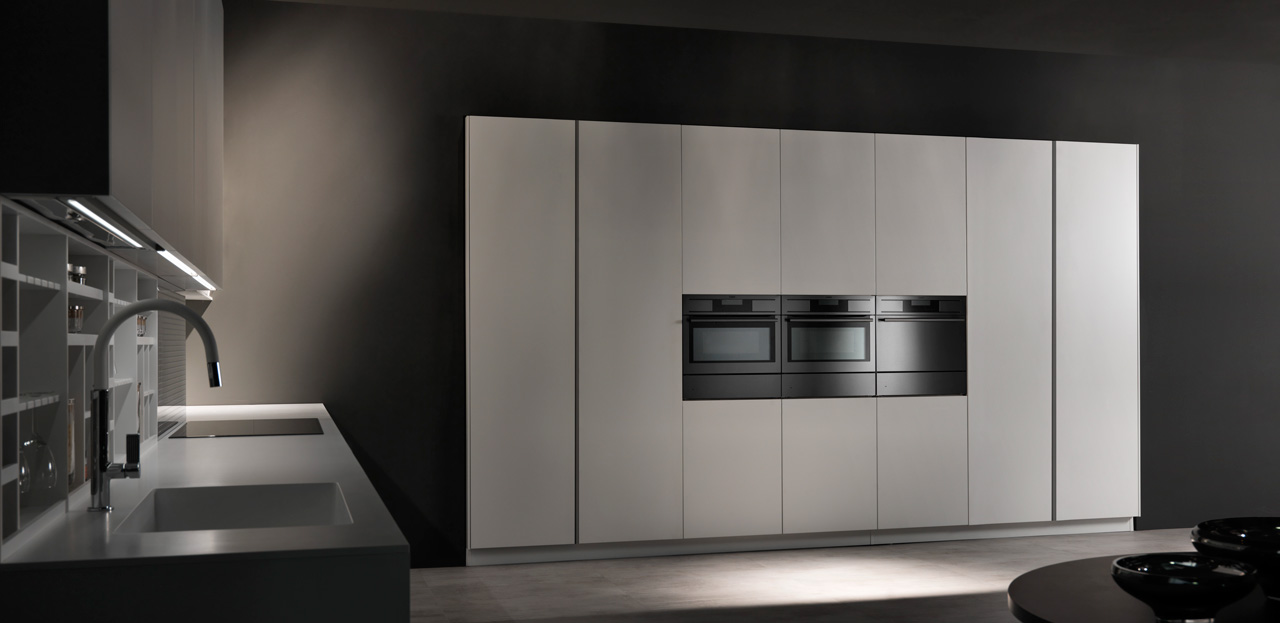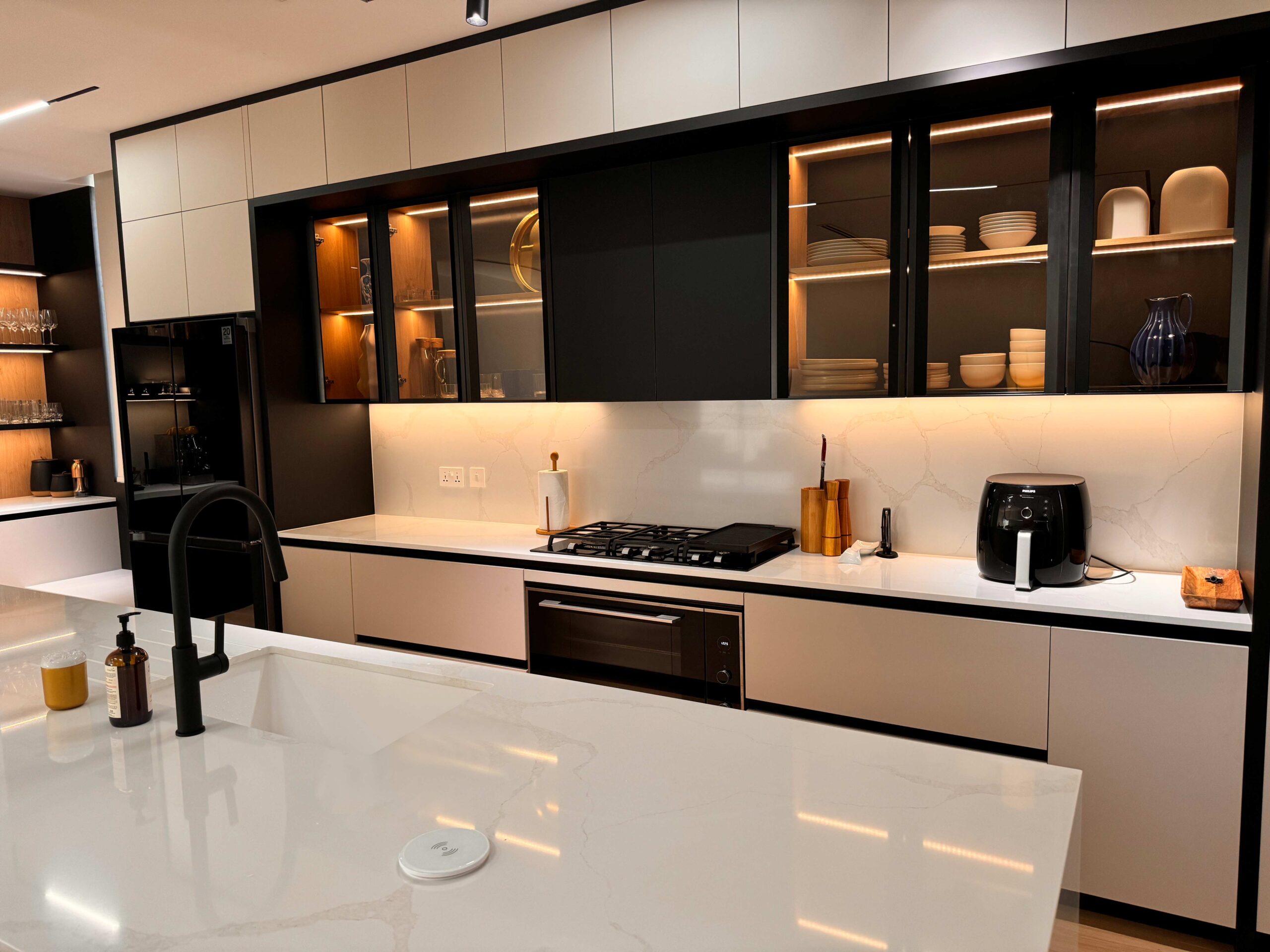5 Proven Ways to Degrease Kitchen Cabinets and Restore Their Shine
Grease buildup on kitchen cabinets is one of the most frustrating cleaning challenges homeowners face. Whether from daily cooking or occasional frying, oil and grime can accumulate over time, making cabinets look dull and sticky. If you’re tired of stubborn grease stains ruining the look of your kitchen, don’t worry—professional cleaners swear by these five powerful methods to cut through the grime and restore your cabinets to their original shine.

- Dish Soap and Warm Water – The Simple Yet Effective Solution
Sometimes, the easiest solution is also the best. Dish soap is specifically designed to break down grease and works wonders on kitchen cabinets without causing damage.
How to Use:
- Fill a bowl with warm water and add a few drops of grease-fighting dish soap.
- Dip a microfiber cloth or sponge into the soapy solution and gently scrub the cabinet surfaces.
- Rinse with clean water and wipe dry with a soft cloth to prevent streaks.
Pro Tip: Opt for a dish soap labeled as a degreaser for even better results.
- Baking Soda Paste – The Gentle Scrub for Stubborn Grease
Baking soda is a mild yet effective abrasive that helps lift grease and grime without damaging cabinet finishes.
How to Use:
- Mix 2 tablespoons of baking soda with a small amount of water to form a thick paste.
- Apply the paste to the greasy spots and let it sit for 5-10 minutes.
- Gently scrub with a damp sponge or microfiber cloth, then wipe clean with water.
Pro Tip: Adding a few drops of dish soap to the baking soda paste will boost its degreasing power.


- Vinegar and Water Solution – The Natural Degreaser
White vinegar is a natural, non-toxic solution that effectively cuts through grease. However, it’s essential to dilute it properly to protect your cabinet’s finish.
How to Use:
- Mix equal parts distilled white vinegar and warm water in a spray bottle. (If your cabinets have a delicate finish, reduce the vinegar slightly.)
- Spray the solution onto the greasy cabinet surfaces and let it sit for a few minutes.
- Wipe with a damp sponge or microfiber cloth, then dry thoroughly.
Pro Tip: For an extra cleaning boost, add a few drops of dish soap to the mixture.
- Oil Soap Solution – The Best Option for Wooden Cabinets
Oil soaps, like Murphy’s Oil Soap, are excellent for wooden cabinets as they clean effectively while preserving the wood’s natural beauty.
How to Use:
- Dilute the oil soap in warm water according to the manufacturer’s instructions.
- Dip a microfiber cloth or sponge into the solution and wring out excess liquid.
- Gently scrub the grease stains, working from top to bottom.
- Wipe with a clean, dry cloth to remove any residue and moisture.
Pro Tip: This method is especially effective for cabinets made from real wood, as it helps condition the surface while cleaning.

DIY All-Purpose Cleaner – The Ultimate Grease Fighter
For a homemade all-purpose degreaser that packs a punch, try this powerful DIY cleaner.
How to Use:
- In a spray bottle, mix equal parts warm water and distilled white vinegar.
- Add a few drops of dish soap and one tablespoon of baking soda, then shake well.
- Spray the solution directly onto a clean microfiber cloth and wipe down the cabinets.
- For tougher stains, let the solution sit for a few minutes before scrubbing lightly.
- Wipe again with a damp cloth to remove any residue and dry thoroughly.
Pro Tip: If you prefer a ready-made solution, store-bought all-purpose cleaners also work well.
Final Thoughts: Keep Your Cabinets Looking Pristine
Degreasing your kitchen cabinets doesn’t have to be a tedious task. By using these tried-and-true methods, you can effectively remove grease, prevent buildup, and keep your cabinets looking fresh for years to come. Whether you opt for a simple dish soap solution or a heavy-duty DIY cleaner, regular maintenance will save you time and effort in the long run.
Which method will you try first? Let us know in the comments below! And if you have a favorite cabinet-cleaning hack, we’d love to hear about it!




